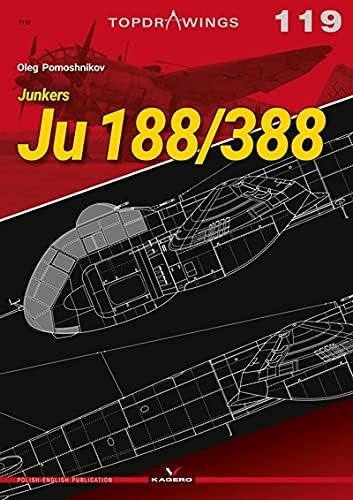
Focke-Wulf Fw 190: The Early Years—Operations in the West
Widely regarded as the Luftwaffe’s finest fighter, the Focke-Wulf Fw 190 first saw service in France in August 1941, immediately proving itself at least the equal of the then-latest Spitfire variant, the Mk.V. In this volume, Chris Goss takes a close look at the aircraft’s features as well as its early history.
There were a number of characteristics which contributed to the Fw 190’s success. For instance, it was designed as a weapons platform and built to withstand heavy punishment. Another element in the Fw 190’s construction which added to its durability was its wide-tracked, inwards-retracting landing gear. The Fw 190’s BMW 801 D-2 radial engine also produced 1,677 horsepower, giving the early Focke-Wulf 190 A-8 a top speed of more than 400 miles per hour—which was considerably faster than the early variant Spitfires. As Goss points out, it was the Spitfires with which the Fw 190 pilots frequently had to contend when in combat over the English Channel, and particularly during the Allied raid on Dieppe in August 1942.
The Fw 190’s weapons capability also saw it used as a fighter-bomber against Allied shipping in the Channel and against the southeastern coasts of England in 1942 in tip-and-runs raids. These fast, low-level attacks proved difficult for the defending RAF squadrons to counter and only one Fw 190 was lost on these operations.






